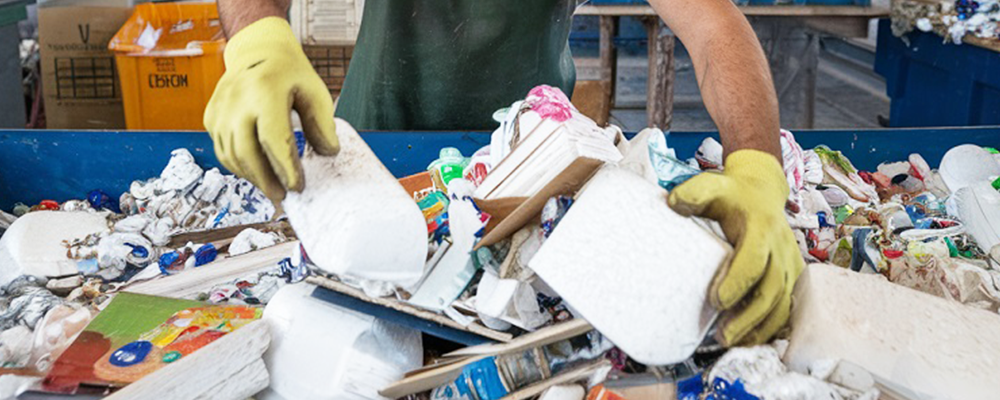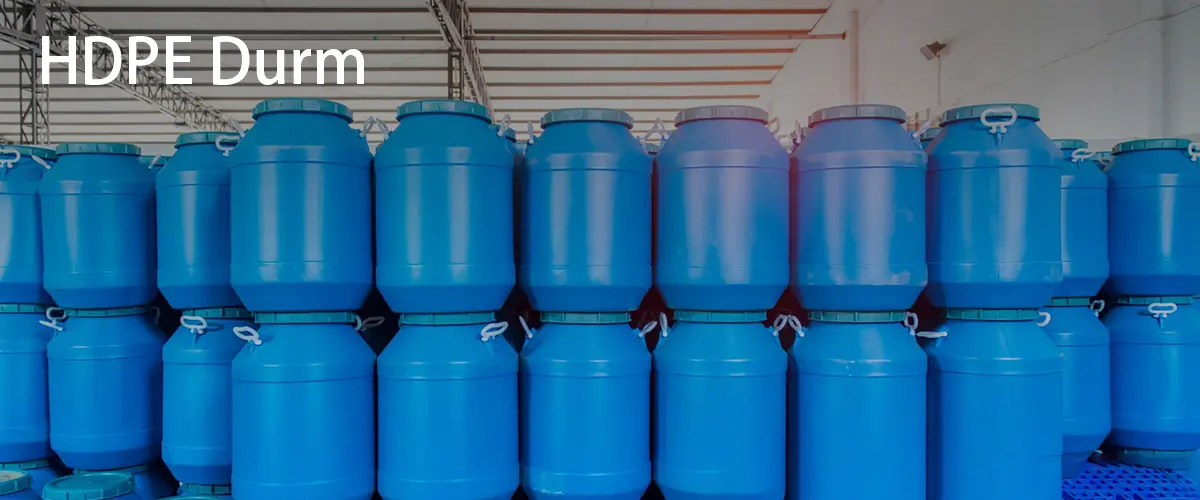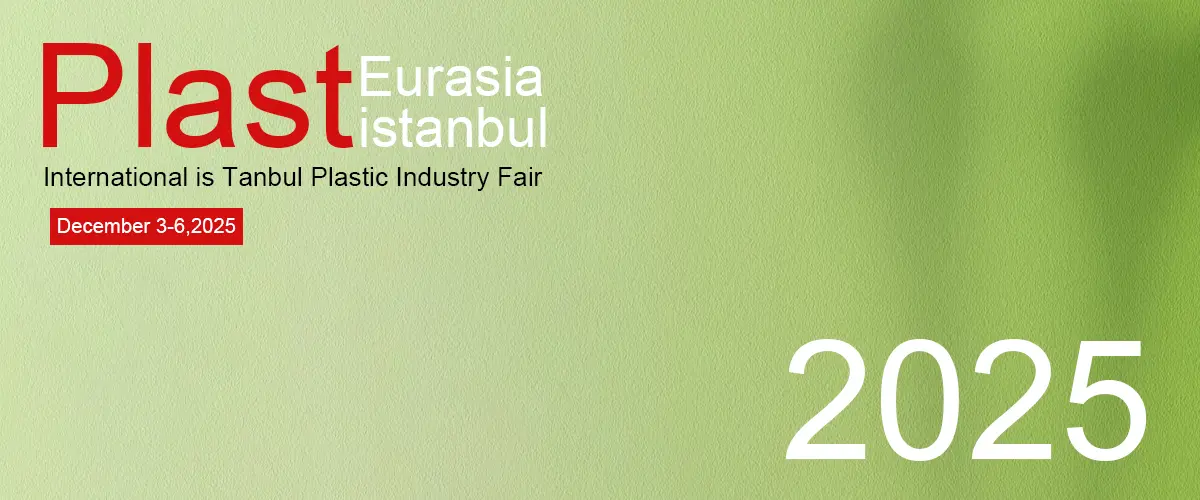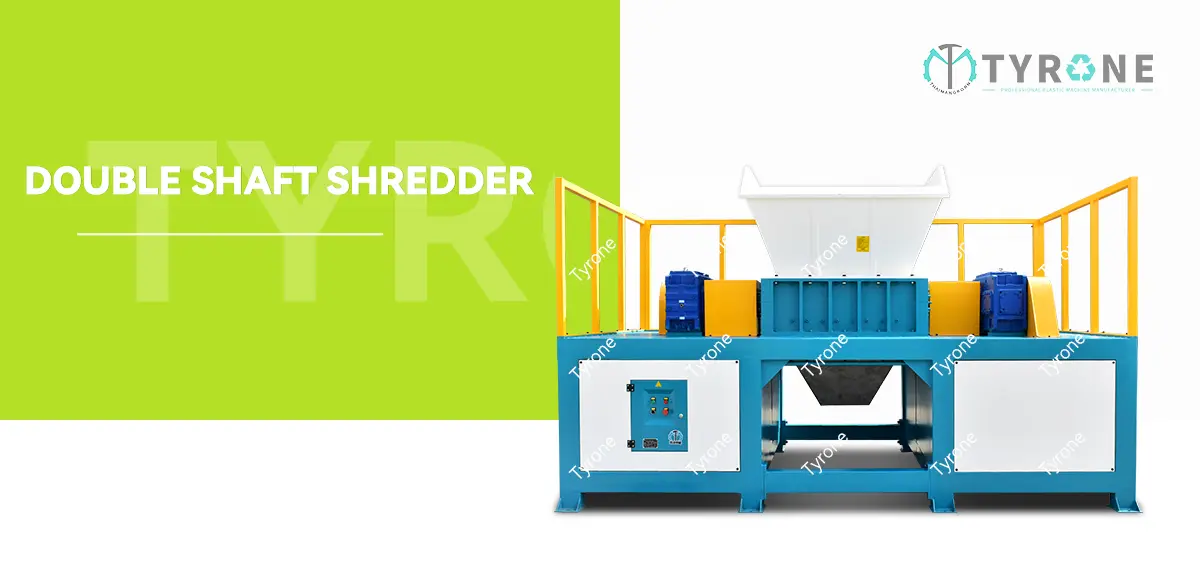- Why should foam plastics be recycled?
- Measures to reduce the environmental harm of foam plastics include
- Is Styrofoam recyclable? How is Styrofoam recycled?
- Innovative approaches to address foam pollution
- White pollution
- Hazards of white pollution
- Impact of Styrofoam on the Environment
- Methods to Reduce White Pollution
Why should foam plastics be recycled?
The environmental hazards of foam plastics mainly include the following aspects:
- Difficult to degrade: The degradation time of foam plastics may exceed 200 years, and due to its light weight, it is easily blown away by the wind into the natural environment, resulting in long-term accumulation and accumulation.
- Pollution of soil and water sources: Foam plastics are difficult to degrade in the natural environment, will occupy a large amount of land, and may enter the water body through rainwater, polluting soil and water sources.
- Affecting aquatic life: Foam plastic waste may be mistakenly eaten by aquatic life, causing damage to their health or even death.
- Pollution of air: Foam plastics will release toxic gases during the incineration process, causing pollution to air quality.
- Occupy landfill space: Since foam plastics are difficult to degrade, they will occupy a large amount of landfill space.
Measures to reduce the environmental harm of foam plastics include
Reuse: Reuse foam plastic products as many times as possible to reduce single-use and thus reduce waste generation.
Waste sorting: Properly sort waste and ensure that foam plastics are placed in recyclable bins for recycling.
Promote environmental awareness: Through education and publicity, raise public awareness of the environmental harm of foam plastics and encourage the use of more environmentally friendly alternatives.
Is Styrofoam recyclable? How is Styrofoam recycled?
Recycling Styrofoam involves several steps:
Cleaning: removing food debris, stickers, and contaminants.
Crushing: breaking the Styrofoam into smaller pieces.
Melt: melting the pieces into a paste.
Pelletizing: turning the paste into pellets for reuse.
Innovative approaches to address foam pollution
Efforts to control foam pollution include bold initiatives such as:
- California’s EPS ban: By 2025, single-use EPS will be banned unless a 25% recycling rate is achieved.
- CSIRO-RMIT (Australia): Portable pyrolysis reactors convert foam into styrene, activated carbon and reusable gas.
- Alliance to End Plastic Waste: A $1.5 billion global effort supports recycling and education programs.
- Green Chemistry Solutions: Research on dissolving foam for reuse.
- Recycling Grants: The United States and the European Union fund the recycling of foam through grants.
- Global Circular Economy Goals: Organizations such as the World Economic Forum promote circular solutions.
- Community Recycling: NGOs set up local programs to educate and recycle.

White pollution
White pollution is a figurative name for the phenomenon of waste plastics polluting the environment. It mainly includes plastic bags, plastic packaging, disposable polypropylene fast food boxes, plastic tableware cups and plates, electrical appliance filling foam fillings, plastic beverage bottles, yogurt cups, ice cream wrappers, etc. These plastic products are discarded at will after use, and because they are difficult to degrade, they cause serious pollution to the ecological environment and landscape.
Hazards of white pollution
- Impact on animals: Waste plastic packaging discarded on land or in water is eaten by animals by mistake, leading to their death.
- Environmental pollution: Occupation of land, pollution of air and water, plastic bottles and lunch boxes floating on the water, plastic bags hanging on tree branches, etc. cause environmental pollution.
- Fire hazards: White garbage is almost all combustible, and methane and other combustible gases will be produced during natural stacking, which can easily cause fire accidents when exposed to open flames or spontaneous combustion.
- Disease transmission: White garbage may become a nest for pests, providing food, habitat and breeding places for rats, birds and mosquitoes and flies, and the residues in it are often the source of infectious diseases.
Impact of Styrofoam on the Environment
Pollution: Due to its light weight, it is easy to break into small pieces, thus polluting the land and water.
Harm to Wildlife: Animals often mistake Styrofoam for food and swallow it.
Depletion of the Ozone Layer: Release of Freon, leading to climate change.
Lifespan: It takes centuries to degrade in landfills.
Methods to Reduce White Pollution
- Establish a good consumption concept: Try to eat in the canteen, bring your own lunch box, and reduce the use of plastic lunch boxes; do not use disposable plastic tableware when dining out, and bring your own reusable tableware.
- Develop green shopping habits: Bring environmentally friendly bags when shopping, reuse durable shopping bags, and refuse to use disposable plastic bags.
- Choose green express delivery products: Use recyclable packaging products when receiving and sending express delivery, and reduce the use of non-degradable plastic packaging bags.
- Participate in garbage sorting: Do not randomly pile up or dump plastic garbage, try to sort garbage, and improve the efficiency of resource utilization of plastic waste.





